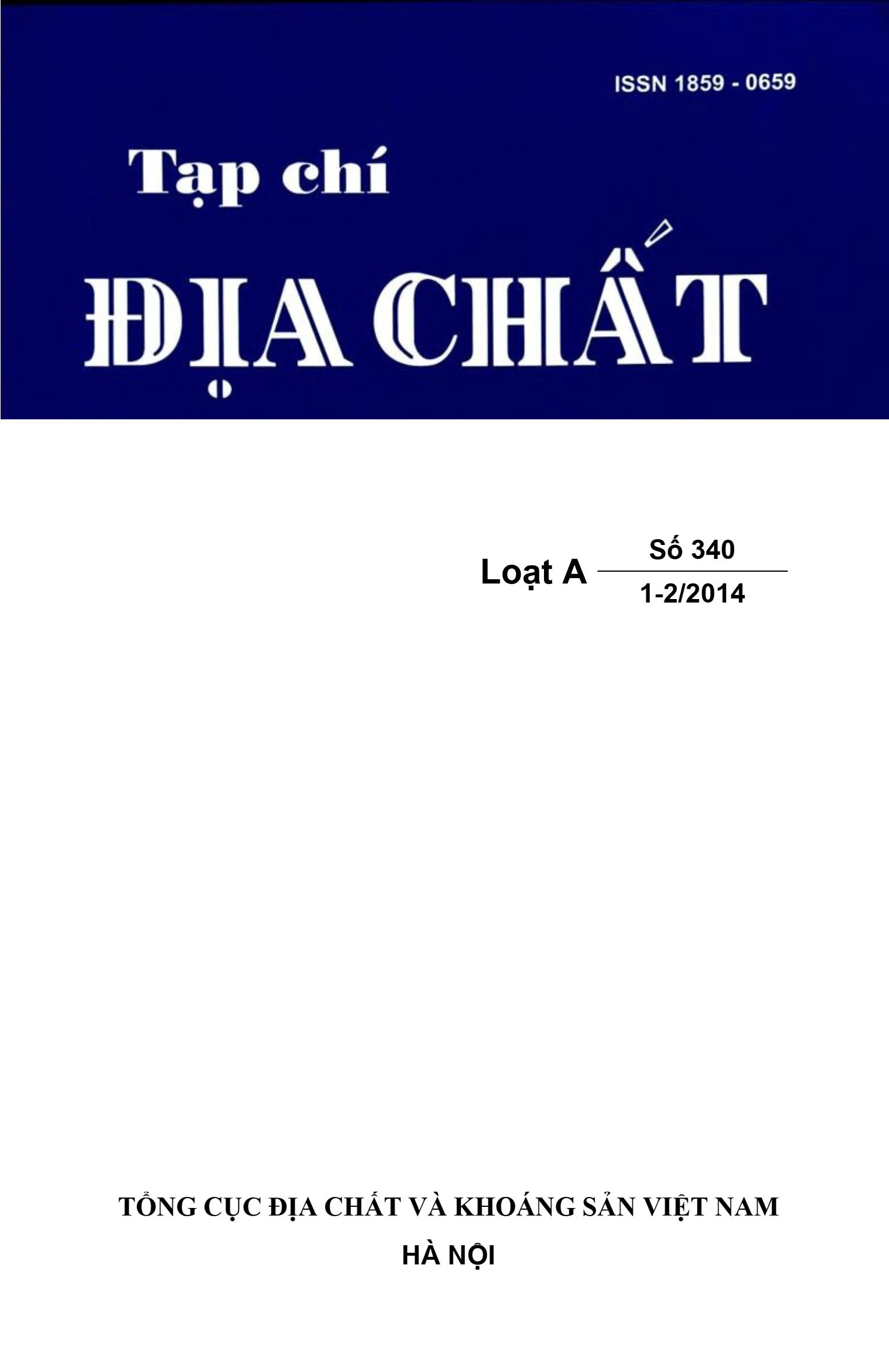Abstract
Detailed studies of geology, petrology, mineral morphology and K-Ar geochronology of sericite from Sơn Bình sericite deposit (Hương Sơn, Hà Tĩnh) show that sericite is concentrated in several zones with thickness of 5-10 m extending in the same direction as the NW-SE striking faults, with a total thickness of the deposit within 50-150 m. The deposit consists of alteration zones ranging from fine-grained low-sericite one to coarse-grained high-sericite one. K-Ar age dating suggests that the sericitization took place during 130-110 Ma, corresponding to the Jurassic-Cretaceous tectono-magmatic phases in the region. It is this magmatic series formed in this period that caused the alteration of the older rocks of Đồng Trầu formation (aged Middle Triassic) along the preexisting faults which serve as conducting channels, forming the sericite-rich zones. The mineral assemblage in the ore bodies suggests that the sericitization occurred at the temperature of ca. 200-2500C, exceptionally in some locations near the hydrothermal conducting channels epidotization zones were formed with temperature up to 250-270 0C.

